Oct 17, 2012
Sometimes in youth we play crazy mind games. One gruesome game was trying to think of the worst way to die. Or even better, the "which would you choose" version of the same conceit. Another was what would be the worst torture to endure. If there is one international touchstone that best captures youthful fears and wonders in speculation of what lies beyond the veil of death and awaits as possible punishment for our sins, it must be - to the few who have actually read it to the millions who "know" it – "Dante's Inferno." Who does not shiver at the thought of being lost somewhere in the "Nine Rings of Hell?"
Who does not shiver at the thought of being lost somewhere in the "Nine Rings of Hell?"True nastiness reigns on every single one of the nine levels.
Actually, the nine circles of Hell ("Inferno") are detailed only as the first third of Dante's first great masterpiece of Italian literature, "The Divine Comedy," which leads the reader on through Purgatory and then eventually into Heaven ("Paradiso"). This epic poem was like the first self-help manual, describing the how and why one falls into Hell and how to live a God-fearing life guaranteed to get you into Heaven. But over the centuries, as the fearsome images illustrating this piece mightily attest to, it is the horrors of the Inferno that have remained burned into the fearful collective consciousness of a segment of our society.
There are so many amazing fantastic images described in The Comedy for artists to bring to life:
The three-headed hell-hound Cerberus; the river Styx with its surface a roiling morass of damned souls fighting with each other; the dragon wyvern Geryon with human face, lion paws and stinger in tail. The center of Hell, usually depicted as a place of eternal fire, is in Dante's vision a place of perpetual ice. Satan himself with three his faces (red, black and yellow) and three pairs of wings, remains forever frozen waist deep in the ice.There are many misconceptions about Dante's epic prescription for salvation.
One needn't be the ultimate sinner to go to Hell, nor be a saint to go to Heaven.One needn't be the ultimate sinner to go to Hell, nor be a saint to go to Heaven. Hell, I think according to Dante if you just remember to pray for forgiveness as you lay dying, you start your post-life existence in Purgatory, getting to skip all the tortures of all Hell's nine circles. In Dante's theology, the anchoring basis for all "sin" is disbelief. So if the saintliest of human beings alive on the planet chooses atheism, eternal damnation and hideous torture awaits. If a hitman sincerely prays to God, confessing his sins and swearing his belief in God, Paradise will be his eternal home after a brief detention in Purgatory.
So maybe this is why this is the one narrative, the deliriously frightening epic fairy tale, that remains lurking in the mind's shadows well into adulthood. Dante has proposed to us a cradle to grave gamble. If the Inferno is only a fairy tale, an allegorical warning against disconnection from the divine in life - then the stakes are not so high. But if Dante's vision is somehow "true" and demands belief – well, that's a whole other adult mind game with stakes that could not be higher.
I did as much research as possible with the time allowed. Do we have any scholars out there who might shed an even more educative light on the subject? Has anyone read the Divine Comedy recently? Would love to hear opinions, analysis and corrections from those of you even more familiar with the history of this material than I.
Questions for the reader
- Does the artistic exploration of theological subjects make you in any way nervous, especially in a time when the very act of depicting one religion's god and messenger can have such great impact?
- Does Dante's attempt to match appropriate crimes with appropriate punishments make sense – or does the concept eternal damnation in torment ruin his otherwise equitable distribution of justice?
- What are an artist's responsibilities when depicting subjects sacred to some who will be seeing the resulting artwork? Is caring for even a moment about possible repercussions a form of censorship and repression against art and the artist?
- Do you think it's fair that remembering to pray at the last moment gets you a Get Out of Hell Free pass?
- Are you currently living in one of the nine rings of hell right now? What is happening there?
Source:
http://hq.deviantart.com/blog/
#hq Blog on deviantART


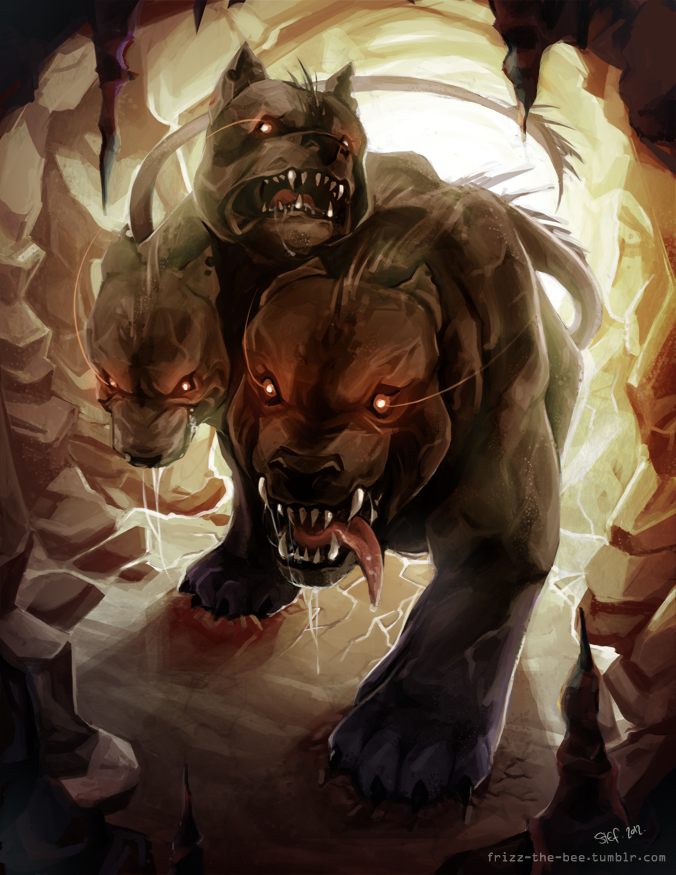
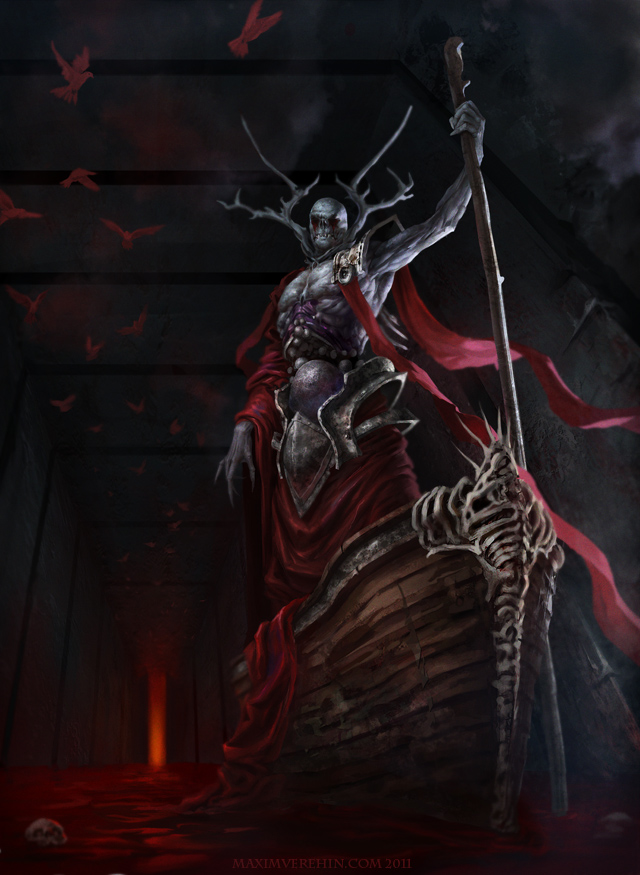



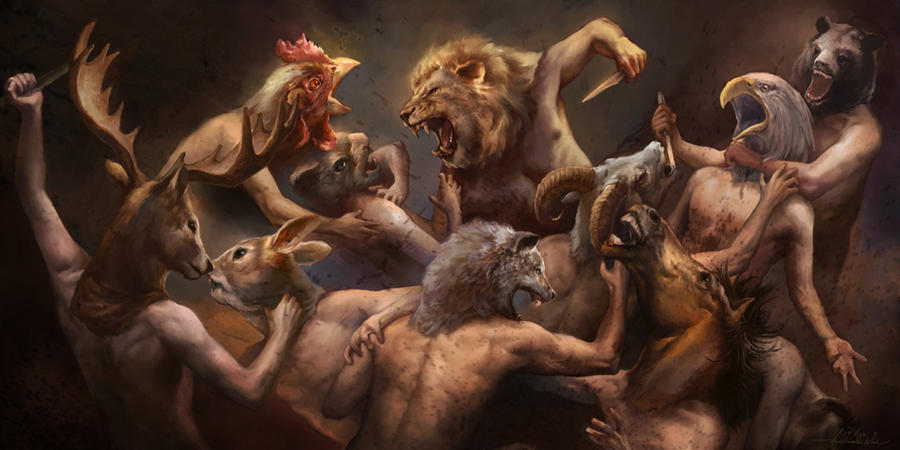
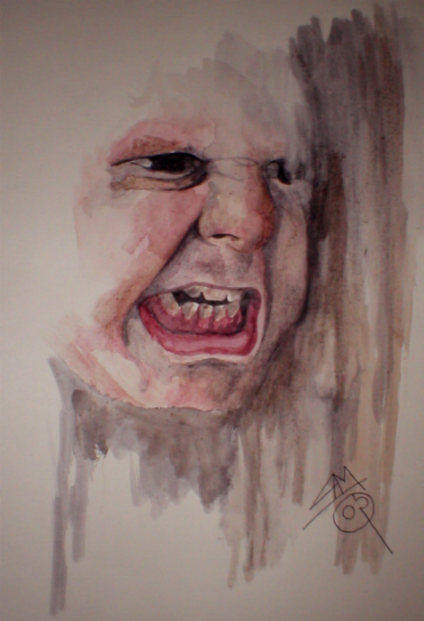


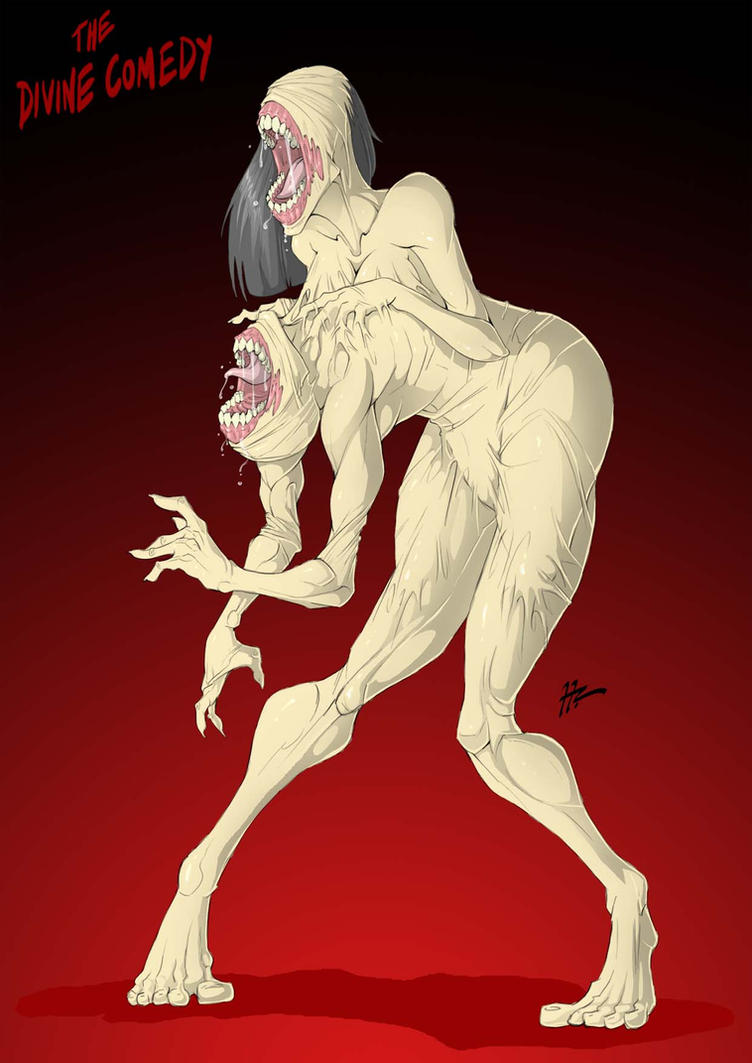
No comments:
Post a Comment